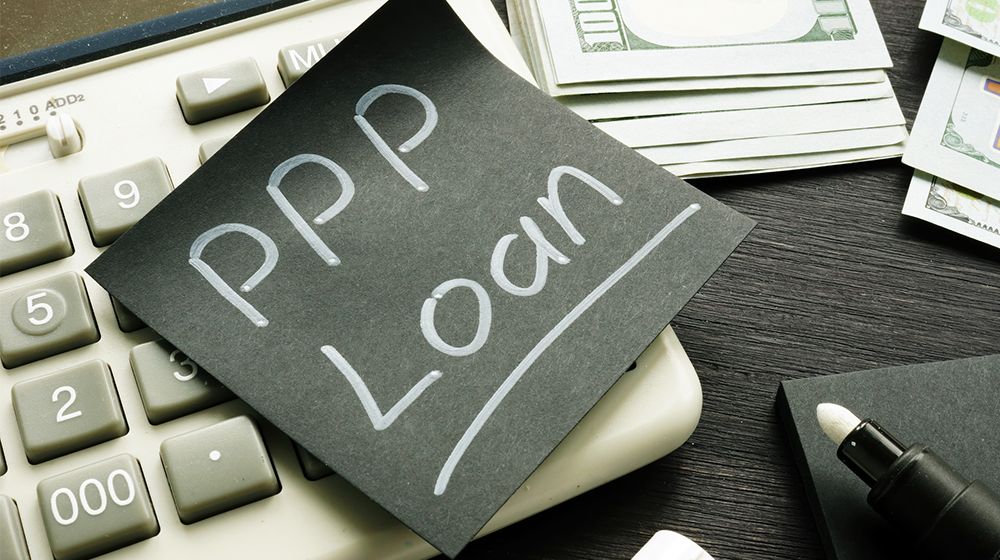- Borrowers will soon need to consider seeking Paycheck Protection Program forgiveness as the program winds down
- SBA’s recommended forgiveness process includes maintaining close contact with the lender
- Several documents are required to demonstrate how PPP proceeds were spent
Summary by Dirk Langeveld
With the Paycheck Protection Program winding down, lenders and the U.S. Small Business Administration are set to turn their attention to forgiveness applications.
PPP will expire on May 31, and the program has already closed to most new loans. About $2.5 billion remained in a set-aside for loans originated through community financial institutions as of May 21. The SBA continues to process applications, having distributed $273.73 billion as of Monday – leaving roughly $18 billion left to disburse.
A forgiveness application can submitted once all loan funds have been spent. An application must be submitted within 10 months of the conclusion of the eight- to 24-week covered period following the distribution of the loan, or else the borrower must begin repaying the loan in full.
PPP loans can be fully or partially forgiven, with complete forgiveness available if:
- The borrower’s business maintained employee and compensation levels during the covered period, or maintained them in the same manner as the first draw loan if the borrower is seeking forgiveness for a second draw loan
- The loan was spent on payroll and other eligible non-payroll expenses
- At least 60 percent of the funds went toward payroll during the covered period
The SBA recommends that borrowers take the following steps when seeking forgiveness for a PPP loan:
- Contact your lender to get the correct PPP forgiveness application
- Compile documentation
- Submit a forgiveness application and documentation to your lender
- Continue to communicate with your lender throughout the process to keep up to date on any additional required documents or other guidance
Documents should cover all payroll periods that overlapped with the covered period or the alternative payroll covered period. They should encompass both payroll and non-payroll information, including:
- Bank account statements or third party payroll service provider reports showing employee compensation
- Tax forms that have been or will be submitted to federal and state agencies, including payroll filings with the Internal Revenue Service, state quarterly business and individual employee wage reporting, and unemployment insurance tax filings
- Payment receipts, cancelled checks, or account statements reflecting any employer contributions to employee health insurance and retirement plans included in the forgiveness amount
- Lender amortization schedules and receipts or lender account statements verifying business mortgage interest payments
- A lease agreement, receipts, or cancelled checks verifying rent or lease payments
- Copies of invoices and receipts, cancelled checks, or account statements showing utility payments
Additional documentation can be submitted to show that an employer needed to reduce its full-time equivalent payroll despite good faith efforts due to an inability to rehire laid-off workers or hire similarly qualified individuals. A borrower can demonstrate these efforts by providing copies of records showing offers, rejections, and efforts to hire workers.
Keeping in communication with your lender also enables you to receive updates of the SBA’s review of a forgiveness application. Borrowers have the ability to appeal certain SBA decisions.
The SBA’s website on PPP forgiveness includes a list of frequently asked questions as well as forgiveness application forms that were last updated on Monday. Several webinars on PPP forgiveness will take place over the next month and can be reviewed on the InnovatorsLINK event calendar.








